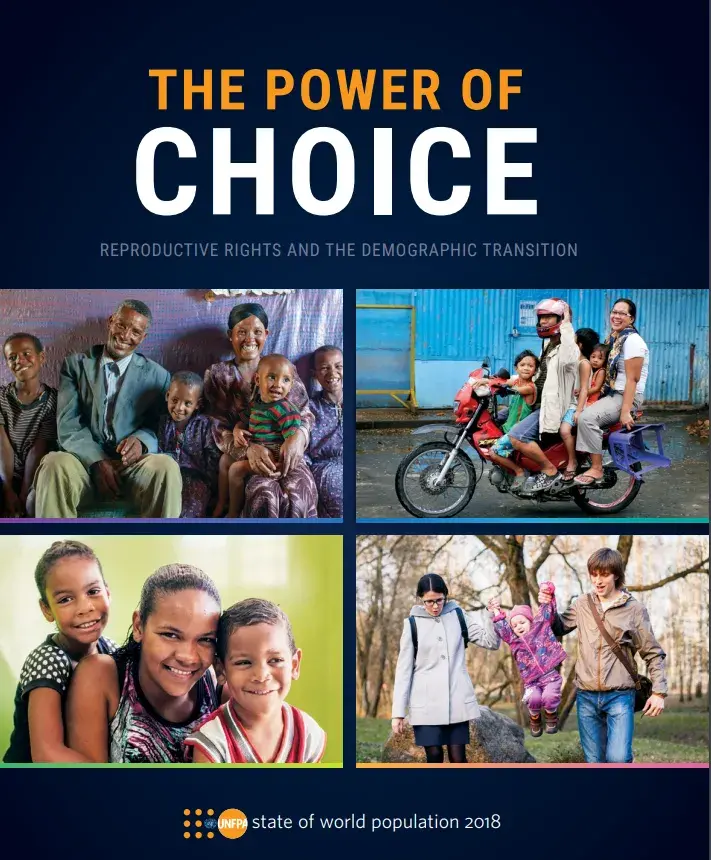Choice can change the world
The power to choose the number, timing and spacing of pregnancies will bolster economic and social progress around the world for decades to come.
- The global trend towards smaller families today is a reflection of people making reproductive choices to have as few or as many children as they want, when they want.
- Some countries are ensuring that people have real choices through educational, labour, health and economic policies that together enhance, not limit, options.
- Ensuring free choice for individuals will help the world achieve the Sustainable Development Goals that the countries of the world adopted in 2015.
Choice is in short supply
Today, no country can claim that all population groups enjoy these rights at all times.
- Most couples are not able to have the number of children they want because they either lack the means to control their fertility or the necessary economic and social supports they need to achieve their preferred family size.
- The unmet need for modern contraception prevents hundreds of millions of women from choosing smaller families.
- Governments have wielded population policies to increase or curtail childbearing, violating people’s reproductive rights.
- Choice can be a reality everywhere
To make freedom of choice a reality, governments must prioritize:
- Universal access to quality reproductive health care, including modern contraceptives, to eliminate unmet need.
- A legal environment that nourishes and reinforces individual rights and ends child marriage and discrimination against women.
- Better education for girls and boys that prepares young workers for employment while teaching age-appropriate sexuality education.
- Concerted campaigns to change men’s attitudes to be supportive of the rights and aspirations of women and girls.


